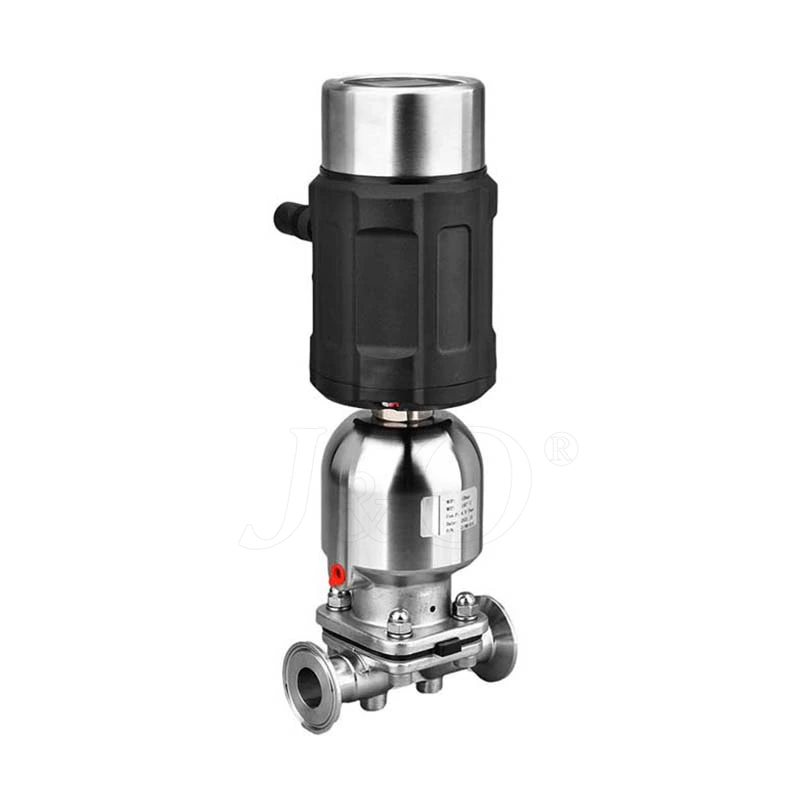What Are The Working Principles Of Sanitary Diaphragm Valves?
Sanitary Diaphragm Valve is widely used in sanitary brewing, dairy products, beverages and other food industries as well as aseptic pharmaceutical fields to achieve control and opening/closing tasks of pipeline fluids. So do you know what are the working principles of sanitary diaphragm valves?
The working principle of sanitary diaphragm valves is as follows:
The diaphragm valve is in a closed state under normal conditions. At this time, the diaphragm is close to the inner cavity of the valve body, closing the path to the pipeline fluid. When the diaphragm valve needs to be cleaned or opened, the valve stem is driven upward by manually rotating the handwheel or driving the pneumatic control actuator, and the spherical diaphragm bends upward, so that the valve forms a conductive state, which can achieve the purpose of cleaning and opening. The diaphragm separates the inner cavity of the lower valve body and the inner cavity of the upper valve cover, so that the valve stem, valve core and other parts located on the upper part of the diaphragm are not corroded by the medium, eliminating the packing sealing structure and no medium leakage. The optimized valve body design allows the cleaning fluid to be completely discharged without the formation of retention.
The sanitary diaphragm valve is a special form of shut-off valve. Its opening and closing part is a diaphragm made of soft material, which separates the inner cavity of the valve body from the inner cavity of the valve cover.
